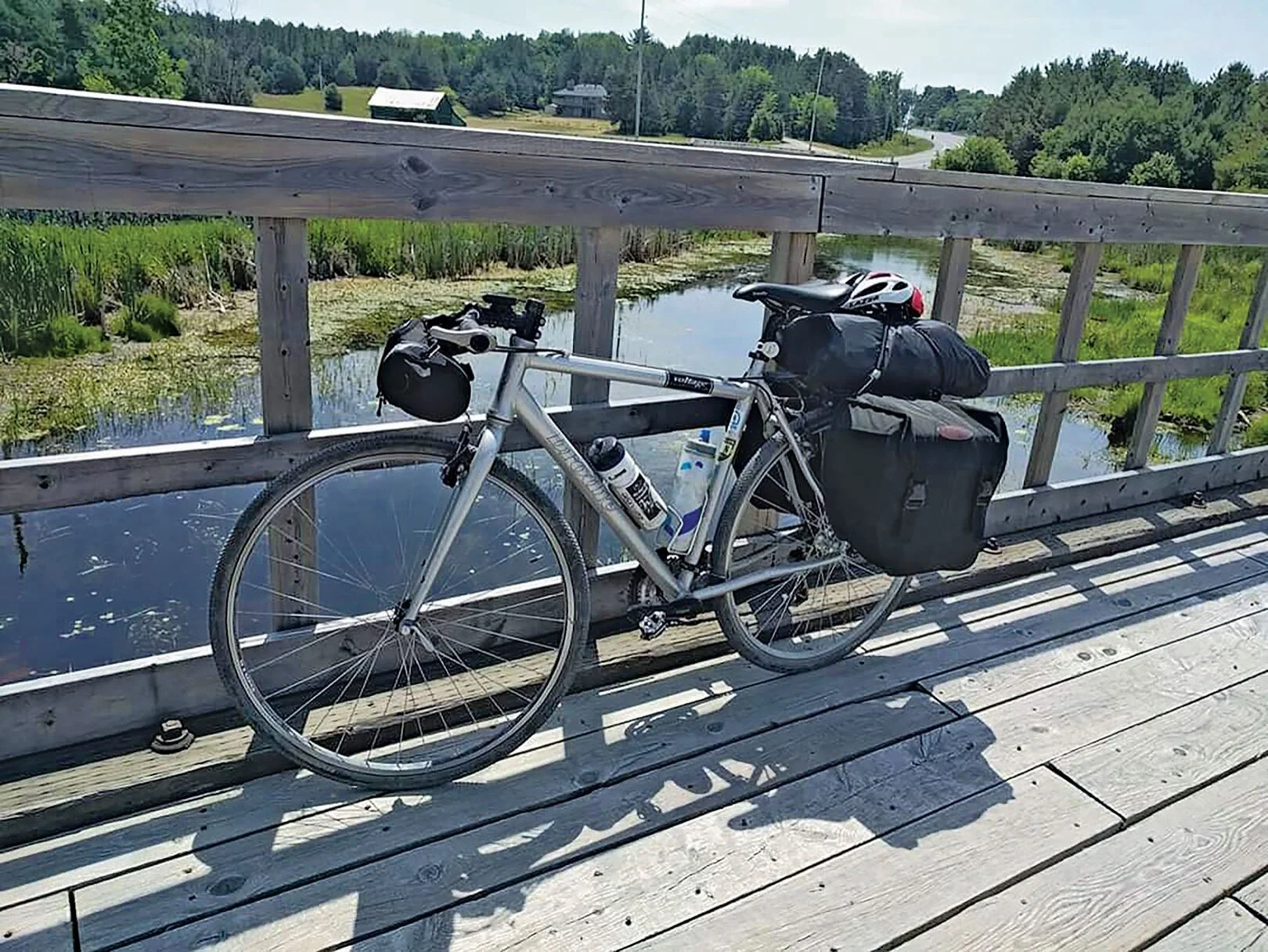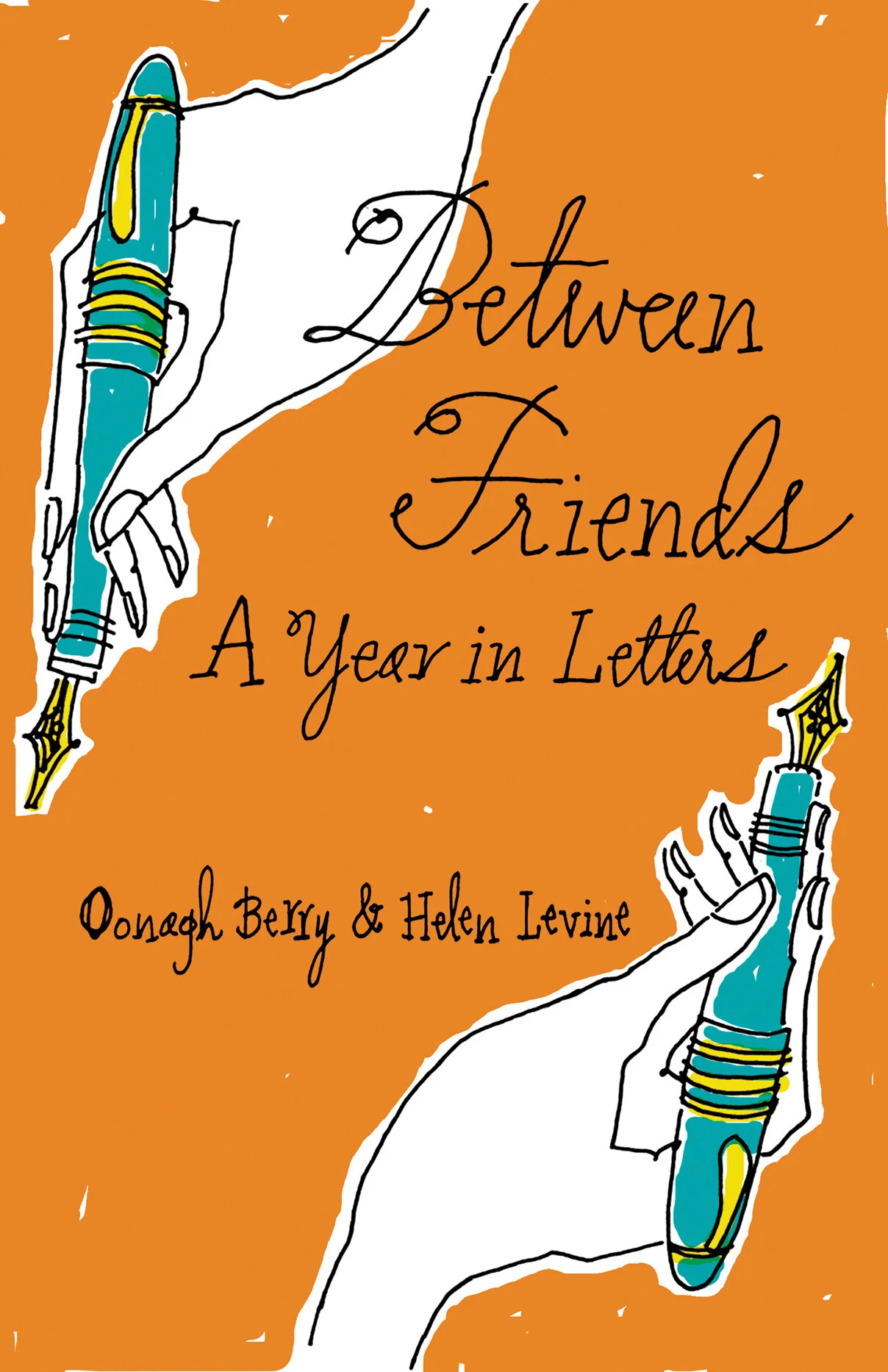The Village Idiot: The Bird Feeder, Part 2
/By John Hopkins
I awoke early one morning this summer to a gentletapping coming from outside. I had heard it before, but in my groggy state of mind I could not place it. The source seemed to be the patio, so I wearily made my way downstairs and looked outside. Suddenly it all came back to me. Just like six months earlier, I had been roused by the sound of a tiny bird wing rapping against the glass patio door.
The owner of the wing was a Gray Jay, and when we made eye contact he gestured in an accusatory fashion to the bird feeder suspended from the beam above the patio. But unlike the last occasion, the feeder was not empty; in fact it was quite full. The problem however, was the occupant. A large black squirrel was mounted on it, swinging lazily from side to side, while on the ground three of his friends gleefully gathered up the birdseed that was spilling from it.
I meekly apologized to Mr. Gray Jay, and told him that I was already aware of the squirrel situation and was near completion of a plan to remedy it. My explanation was only half truthful. I was quite aware of the problem, but as for a solution I hadn’t the foggiest.
Squirrels and birdfeeders are not a novel dilemma, but we honestly felt we had won the battle on behalf of our birds. In much the same way as we had resolved the problem of the raccoons drinking from our hummingbird feeder, we thought we had mounted this birdfeeder in a high enough and remote enough location so that only creatures with wings could access it. And for a while that was the case.
But the squirrels were plotting. They would gather periodically underneath the feeder, look up, and chatter amongst themselves and then scurry away to devise their strategy. Through careful monitoring of their activities, and with the help of a couple of double-agent chipmunks, I have learned a great deal about their tactics, which I plan to share with science in the interest of furthering our understanding of these creatures.
As I have discovered, a group of squirrels, or gang, will select one of their number to do the actual dirty work of accessing the birdfeeder. I believe the scientific term for this individual is “the new guy.” This is a common practice in many living species. In raccoons “the new guy” will be the one sent ahead to rifle through the garbage so the rest of the group can see if anyone shoots at him before they join in. In humans “the new guy” is the one who is chosen to go back to town for chips and dip if supplies run out at the beach, or gets everyone in the office their coffee on a rainy November day.
In squirrels, “the new guy” is selected to access the birdfeeder and get it swinging back and forth so the rest of the crew can gather up the falling seed. In our case the chosen squirrel had to shimmy up a wooden post and then leap about four feet onto the feeder. Getting up the post wasn’t so hard, but the jump and landing was comparable to landing a jet on an aircraft carrier in the Pacific.
I was privileged to watch the poor initiate in action. After shimmying up the post he was able to squat on the downspout of a drainage pipe that happened to flatten out at just the right spot. Then he made a desperate lunge at the feeder. On his first attempt, the squirrel made a graceful arc across the sky, all four limbs extended and tail fluttering in the breeze, missed the feeder completely and banged headfirst into the wooden post at the other side. He dropped into the flower bed below and I thought that was the end of it — one dead squirrel fertilizing our hostas. But moments later he emerged, gave his head a quick shake and started shimmying up the post again — no thought of concussion protocol among the squirrels, apparently.
On the second try, the poor guy managed to grab hold of the bottom of the feeder as he jumped across. He vainly clung on for several seconds as the feeder swayed back and forth, and then he dropped again into the flower bed. This achieved the goal of spilling a bit of birdseed, but not much. He emerged again, and resolutely scampered up the post once more. Apparently the third try proved the charm, and on this attempt the squirrel made solid contact, let out a triumphant squeal and signalled his pals that it was time to collect their loot. After filling their cheeks the gang took off back to their tree nests, while the swinger jumped down, this time making a smooth four-point landing in the flower bed. He didn’t leave the scene with quite the same vigour of his pals, weaving uncertainly and looking a little green around the jowls.
I can see this is going to be a difficult battle to resolve on behalf of my feathered friends. My best bet may be an inability for the squirrels to find another “new guy” to initiate. But I’m not counting on it.


































